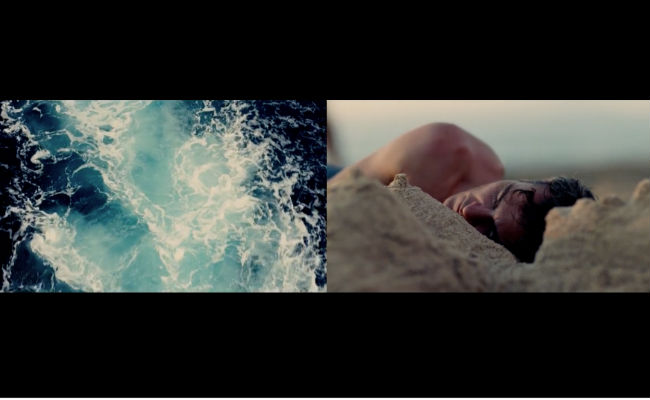
There is a great deal to be said for setting the scene.
After all, that well-worn adage about only getting one chance to make a first impression keeps getting repeated for a reason – people always remember and make judgements based on what they first see of a person, or the opening passage of a book, or in this case, the opening scene-setting part of a film.
Get it wrong and it doesn’t matter how dazzling the rest of the film is, how well it tells it story, people are mostly likely to recall the less than stellar way in which it started and mark it down accordingly.
The same thing applies to the ending.
I’ve lost count of the number of times I have sat through a great film only to have it limp weakly to a less than satisfying ending, both visually and narratively, or ruin a great dramatic set-up with bang-and-boom shoot ’em up that is uninspired in every way.
To bring home the point about how critical the start and the finish of a film are, talented Baltimore-based filmmaker Jacob T. Swinney has judiciously edited the beginning and the ends of a 55 great films together, including Tree of Life, Birdman, Frank and Boyhood, so that they run side by side, allowing you to see how well they use their visual hellos and goodbyes.
It’s made all the more effective by showing them in silence, allowing the images to make a much more forceful impact, which varies, notes Laughing Squid on the film itself:
“Some are strikingly similar, others clearly note the progress of characters over the course of the film, and others still are just powerful images intended to evoke something in those watching.”
It is a gloriously-made tribute to the made of the moving image to have a powerful effect on how we perceive, feel and think about the stories told us in the cinema.